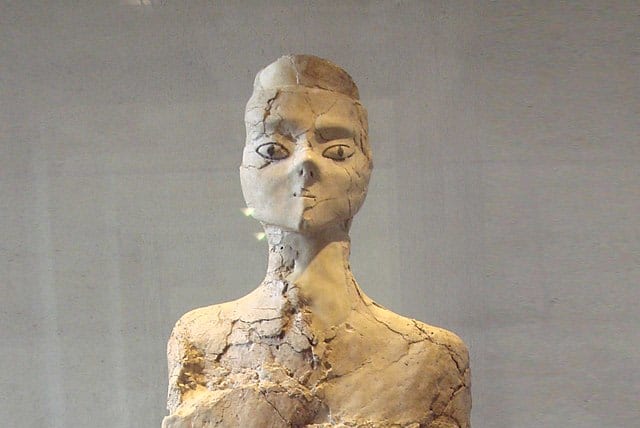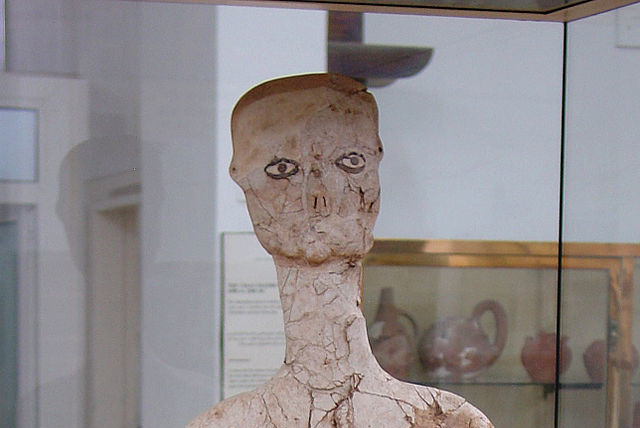Google Doodle celebrates ancient statues in Jordan

“Today's hand-crafted Doodle celebrates the Ain Ghazal statues — roughly 9,000 years old and considered one of the earliest large-scale representations of the human form."
Google celebrated 9,000-year-old statues in Jordan with a Google Doodle on Saturday, September 30. “Today's hand-crafted Doodle celebrates the Ain Ghazal statues — roughly 9,000 years old and considered one of the earliest large-scale representations of the human form. On this day in 1983, the statues were discovered in Jordan,” the company said on its website.
Google says that “Doodles are the fun, surprising, and sometimes spontaneous changes that are made to the Google logo to celebrate holidays, anniversaries, and the lives of famous artists, pioneers, and scientists.”
The recognition of the statues has been greeted with interest in regional media. It is not that common for Middle Eastern personalities or art to be featured.
Arab News noted that “Google on Saturday paid homage to the prehistoric Ain Ghazal statues first unearth in Jordan in the latest addition to its homepage.” The reports note that two groups of statues have been unearthed, the first was found in late September 1983 at Ain Ghazal in Jordan, near Amman.
“The second group of sculptures were discovered in 1985.” The statues were taken to the US for study and were found to have been made around 6,700 BC. The statues, of which some 36 were found, were restored in the UK and are on display in Jordan.
Why were they made?
“Why did ancient sculptors create these statues? Researchers still don’t have concrete answers. However, it is known that after the statues served its purpose, our prehistoric ancestors strategically buried the sculptures, aligning them east to west,” Google’s website noted in a piece describing the statures.
“The Ain Ghazal figures depict men, women, and children with intricate human features such as almond-shaped eyes, prominent noses, and realistic legs, toes, and toenails. The statues have gained global appeal and can be viewed today at galleries such as the Jordan Museum, Jordan Archaeological Museum, British Museum, and Louvre Abu Dhabi to ponder the mysteries of the past.”
Jordan has a number of important historic and archaeological sites, from the majesty of Petra to the ruins of Roman-era Jerash and 5,000-year of stone megaliths.
Jerusalem Post Store
`; document.getElementById("linkPremium").innerHTML = cont; var divWithLink = document.getElementById("premium-link"); if (divWithLink !== null && divWithLink !== 'undefined') { divWithLink.style.border = "solid 1px #cb0f3e"; divWithLink.style.textAlign = "center"; divWithLink.style.marginBottom = "15px"; divWithLink.style.marginTop = "15px"; divWithLink.style.width = "100%"; divWithLink.style.backgroundColor = "#122952"; divWithLink.style.color = "#ffffff"; divWithLink.style.lineHeight = "1.5"; } } (function (v, i) { });

